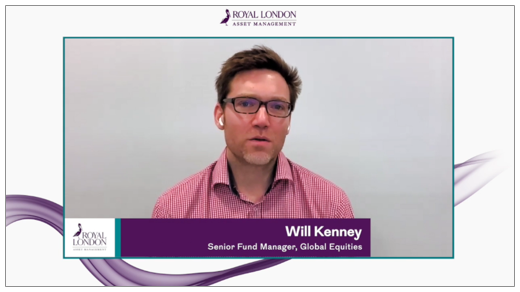
Two big stories dominated the platforms space in 2024, as one firm joined and another left.
Back in May, Timeline announced at its annual conference – Adviser 3.0 – that it was launching its own platform for advisers, called Platform 3.0.
Chief executive Abraham Okusanya said at the time of the announcement that Timeline was “creating something truly magical”. On the platform’s website, Okusanya says: “This is not just another ‘me-too’ platform – it’s what we call Platform 3.0.”
“We’ve thoughtfully crafted a unified platform that fades into the background, putting the adviser-client relationship front and centre, right at its heart,” he said, on stage at the conference.
The platform will bring together customisable fact find, risk profiler, cashflow, investment analytics, modular reporting, AML, digital letters of authority and the client portal.
It has been launched to streamline adviser workflows and reduce costs.
I was not at the conference, but I have heard that some in the market were not best pleased with the way the announcement was made.
Still, some of the bosses of other platforms publicly welcomed the news. Parmenion chief executive Martin Jennings wrote on LinkedIn: “All competition is good and will raise standards across the board.”
But he did question whether 3.0 really goes far enough.
“With fortnightly deliveries of new features and functionality since 2007, you could say that Parmenion is currently Platform 442.0, and we will never stop improving,” he argued. “That’s the power of owning and running our own tech rather than renting it.”
Big exit
But as one platform was born, another died.
In September, M&G confirmed in its half-year financial report that it would exit the platform market as part of its “simplification plans”.
The business announced plans to buy Royal London’s Ascentric platform in May 2020. It was rebranded to M&G Wealth in March 2021.
In its results this year, the business said its platform and advice businesses had made losses of £9m, compared with £19m the previous year.
However, the business said it was hiving off its platform to “concentrate on its resources”.
“We want to complement PruFund with the life-insurance solutions that our clients want, reduce duplication and improve operational efficiency,” the business said.
“Underpinning these decisions is our ongoing drive to deliver improved client outcomes.”
M&G was a high-profile example of a business getting out of a tough market.
Hanging over the platforms sector is the constant feeling of an uncertain future. The year 2024 began with the unsurprising news that outflows had hit an all-time high in 2023. This is a recurring theme.
Outflows last year hit £53.18bn – an increase of over a third on 2022’s total of £39.01bn, research consultancy The Lang Cat’s ‘State of the Advice Nation’ report revealed, at the beginning of the year. In the fourth quarter of 2023 alone, outflows stood at £14.89bn.
This prompted news editor Dan Cooper to write an opinion piece at the beginning of the year questioning whether 2024 would be any better for platforms.
“Even if things do settle this year, which is hard to envisage, another monster in the shadows threatens the future of platforms: the private equity (PE)-backed consolidator,” he suggested.
High outflows
Dan spoke to the Lang Cat’s senior analyst Rich Mayor, who said at the time that he believed 2024 would be the year when platforms “return to normal”. However, he warned that the journey would be “slow” and recovery “fragile”.
Was he right?
Well, in May outflows hit an all-time high again, despite pensions piling onto advised platforms. Lang Cat research showed outflows had hit £16.3bn in the first quarter of 2024, up 9.18% on Q4 2023 and 35.53% compared to the same period last year.
Then, in August, more Lang Cat research showed outflows from advised platforms had risen for an eighth consecutive quarter.
So, it looks like the platforms market still has a way to go to stem the outflows.
In September, the Platforms Association was launched to represent and provide a voice to the £1trn investment platform sector.
The launch marked a “step change” in how the platform industry will engage with regulators and policymakers, in that it aims to bring a united voice to co-ordinate and promote industry interests.
Several high-profile investment platforms, including Abrdn, Aegon, Fidelity, Quilter, Seccl and SS&C, are represented on the board and leadership council.
The Platforms Association has already developed a roadmap of priority issues to be tackled covering evolving platform requirements, regulatory expectations and operational efficiencies and improvements.
Will this help?
Senior reporter Momodou Musa Touray wrote in his cover feature on the topic: “The Platforms Association was roundly welcomed by a sector yearning for representation.”
Despite this, the road to recovery for platforms will likely be long and winding.
As Dan wrote in his leader column at the beginning of the year, it could be months, or even years, before platform ‘normality’ resumes. And what will normality even look like?
We can only wait to see what 2025 has in store for platforms.
Lois Vallely is chief reporter at Money Marketing















Comments